
Superkart
In cooperation with MS-Kart, we are developing a superkart-class racing kart.
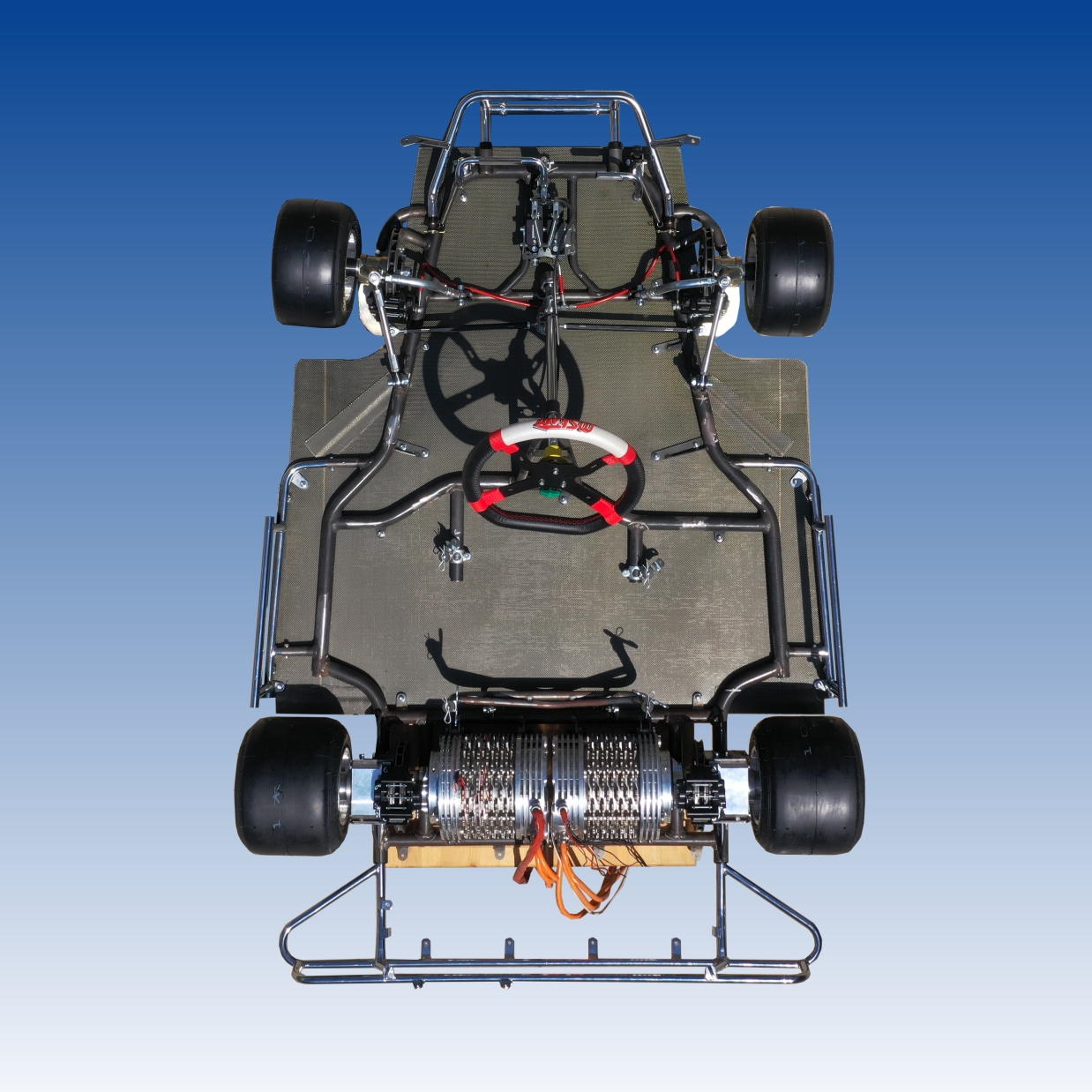
Fig.1: The chassis of the top-class Superkart go-kart from MSkart (https://mskart.cz/) after being fitted with KEV-designed electric motors.

Fig.2: An axle kart with two 35 kW motors designed at the KEV department and planetary gearboxes from the KKS department of the Faculty of Mechanical Engineering.
High-frequency inverter made of GaN - HEMT transistors
The inverter is composed of a new generation of GaN transistors called HEMT (High Electron Mobility Transistors) made of Gallium Nitride. These transistors are revolutionary for their fast-switching capability and negligible charge recovery. Their application is suitable for converters in high-frequency switching regions, and thus a more compact and efficient range can be achieved. For testing, we have designed and constructed the inverter, and we can verify their properties with the designed components in practice and for further applications.
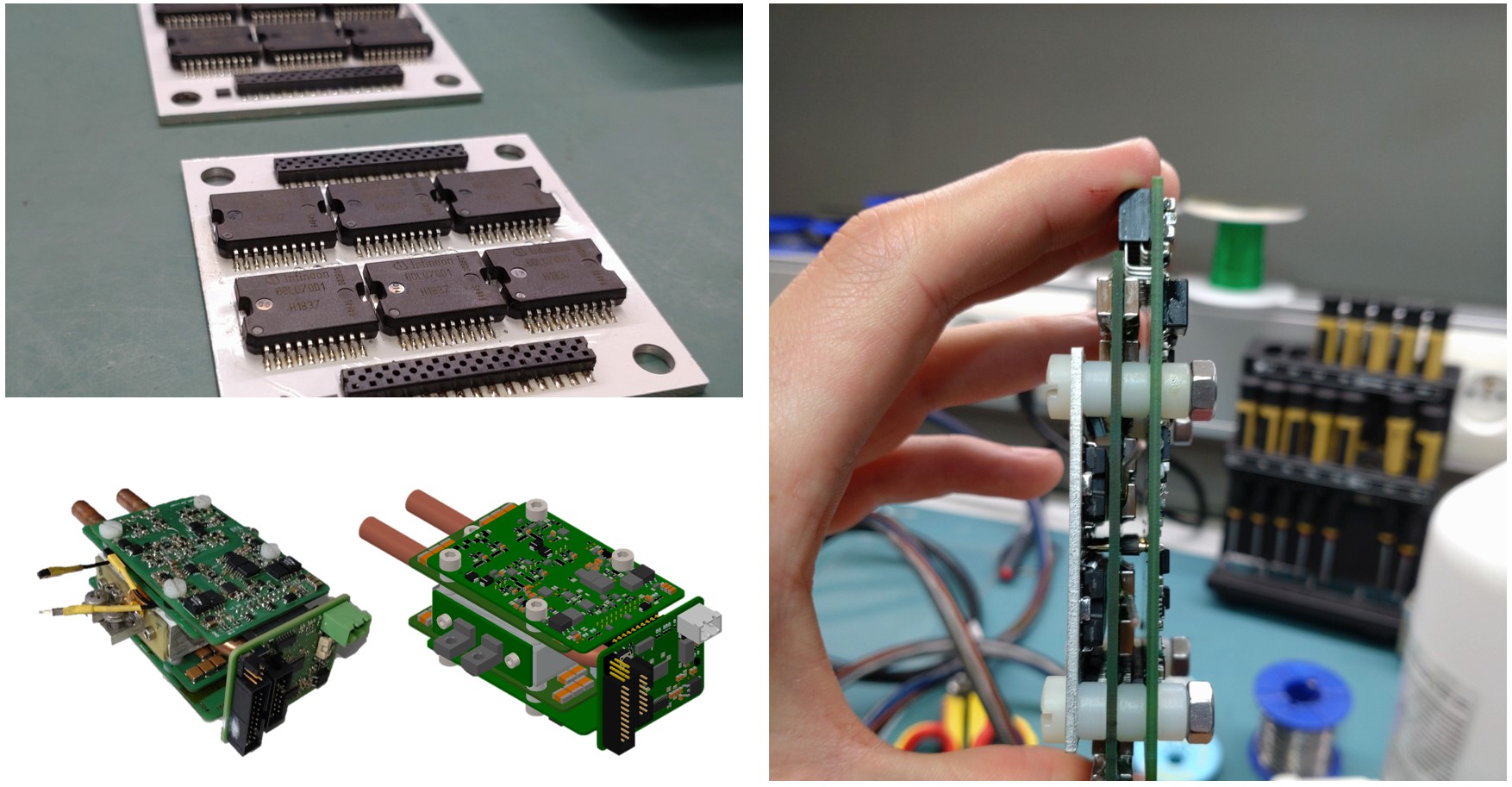
Modular Traction Substation TSS for railway electrical 25kV/ 50Hz system
The DC electrical railway systems (e.g. 3kV) are in the Czech Republic and Slovakia (but also in other countries) replacing by AC 25kV/50Hz (eventually 2x25kV/50Hz) system. For its greater expansion and better cooperation with the electrical grid (within industry 4.0), some particular aspects need to be solved (i.e. to reduce the negative influence on the electrical power grid, availability to substation cooperation, etc). Therefore, a new concept of modular traction substation is developing at FEL UWB with industrial partners.
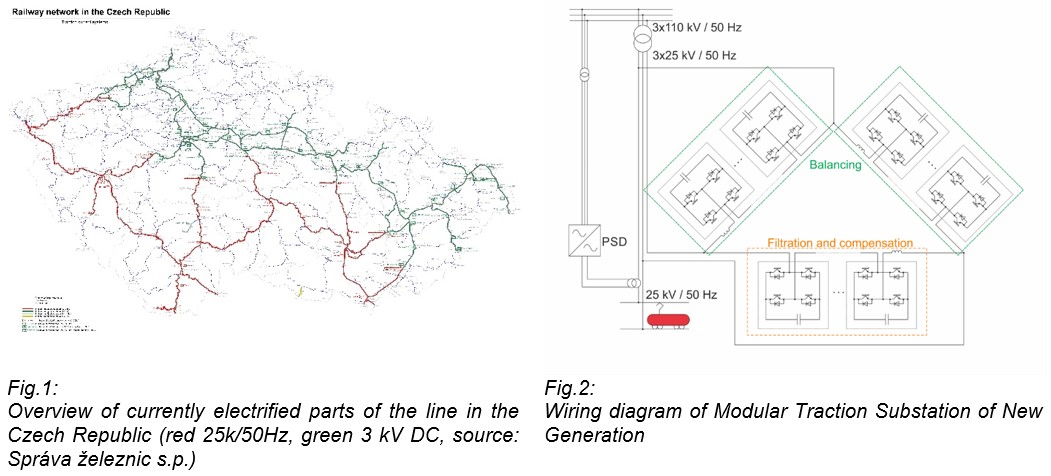
The traction substation contains a module for compensation of reactive load power and harmonics filtration, a module for power symmetrization (railway single-phase power is consumption is fully symmetrized to three-phase power consumption) and a module for cooperation of adjacent TSS (Load control of individual TSS, which allows multiple power supply of “infinite” traction catenary and thus reduce the voltage drop and better use of recuperated energy in the catenary.
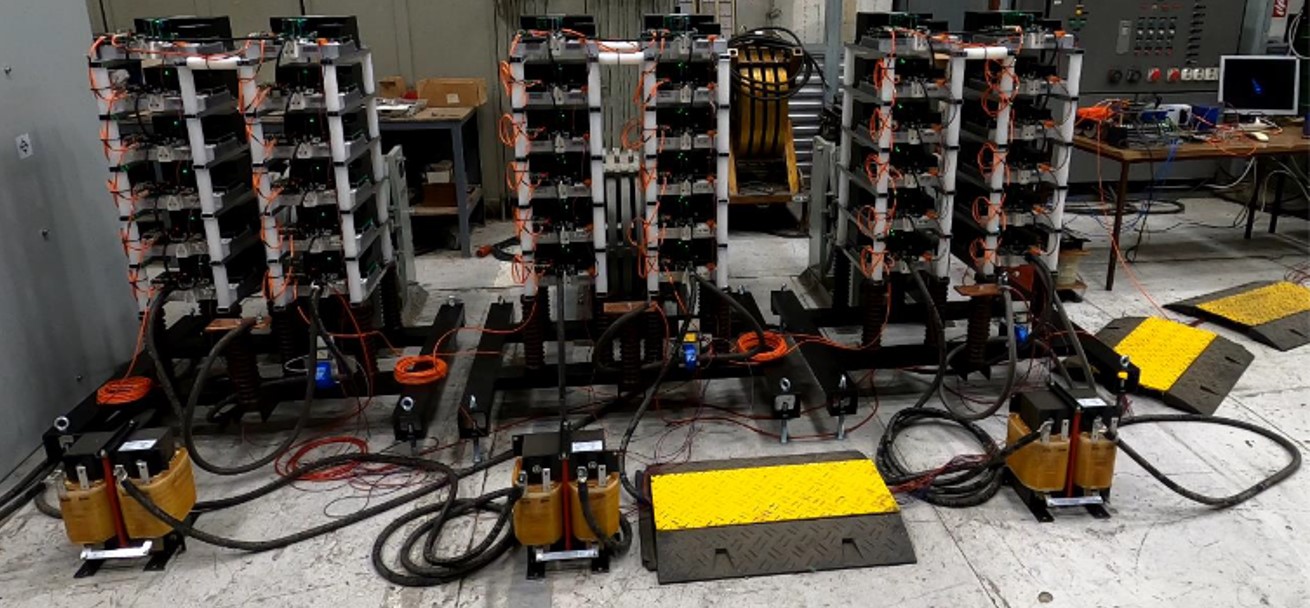
Fig.3 - 1 MVA demonstrator (source: Elektrotechnika a.s.)
The principal topologies and control algorithms are developed and verified the laboratories of FEL UWB and tested on scaled-down 20kVA laboratory model. At the industrial partner, these results are implemented on the 1MVA technology demonstrator. It is developed full power TSS for railway operation, based on actual results.
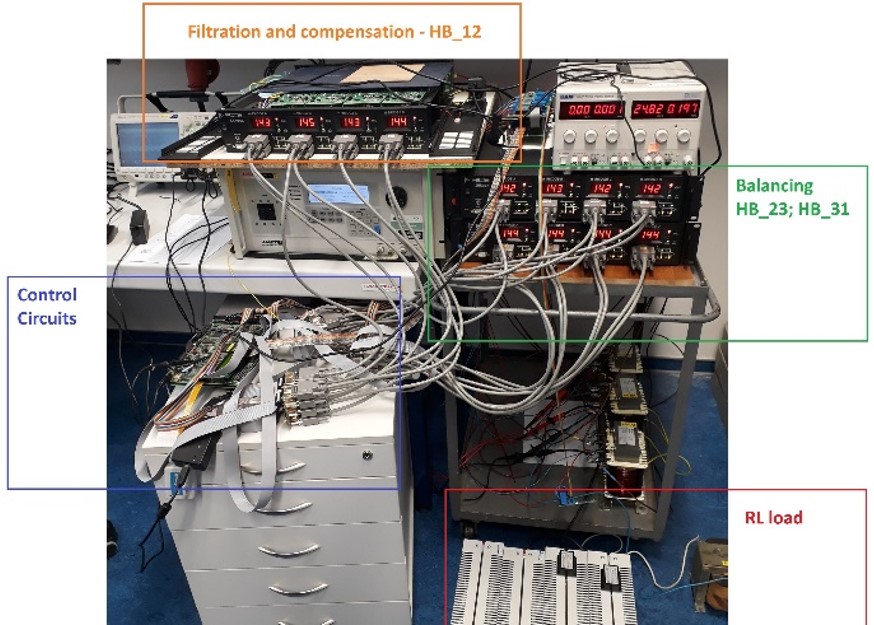
Fig.4: - Scale-down 20 kVA laboratory model
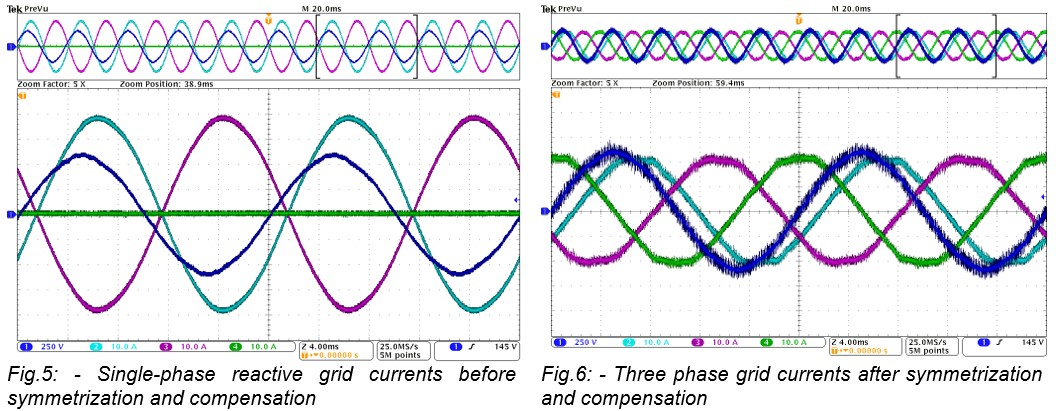
Compact high-speed drive unit
In cooperation with the Wikov company, a compact, high-speed drive was developed on KEV. The powertrain concept is designed to significantly reduce its volume and weight while maintaining traction performance. The electric motor has a speed of 9,500 rpm and a power rating of approximately 90 kW (typical for light traction vehicles). Conservative calculations show that the volume and weight of such a power unit are at least 25 % lower while maintaining the same traction characteristics. The proposed solution allows the powertrain to be constructed in a single compact enclosure, resulting in better heat dissipation from all unit components without the need for a fan to cool the drive (passive cooling is a significant advantage over competing solutions). The compact design of the drive unit further reduces cost and installation time.
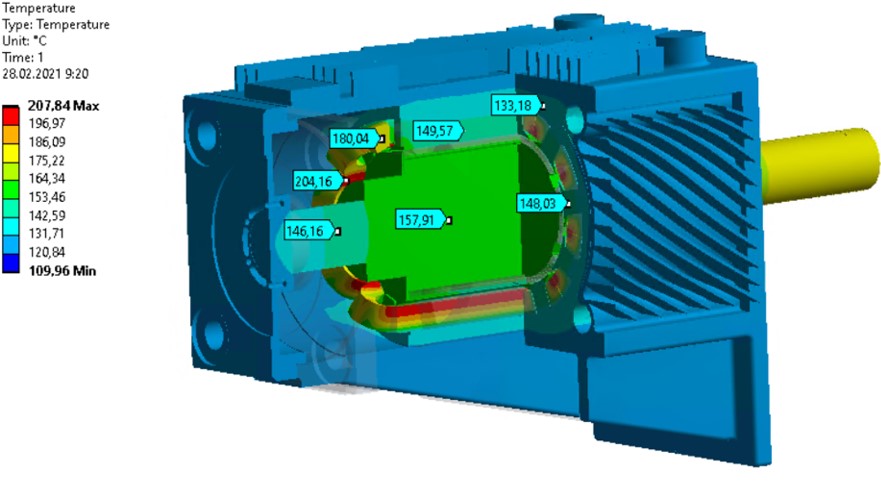
Fig.1: Temperature simulation of the proposed drive
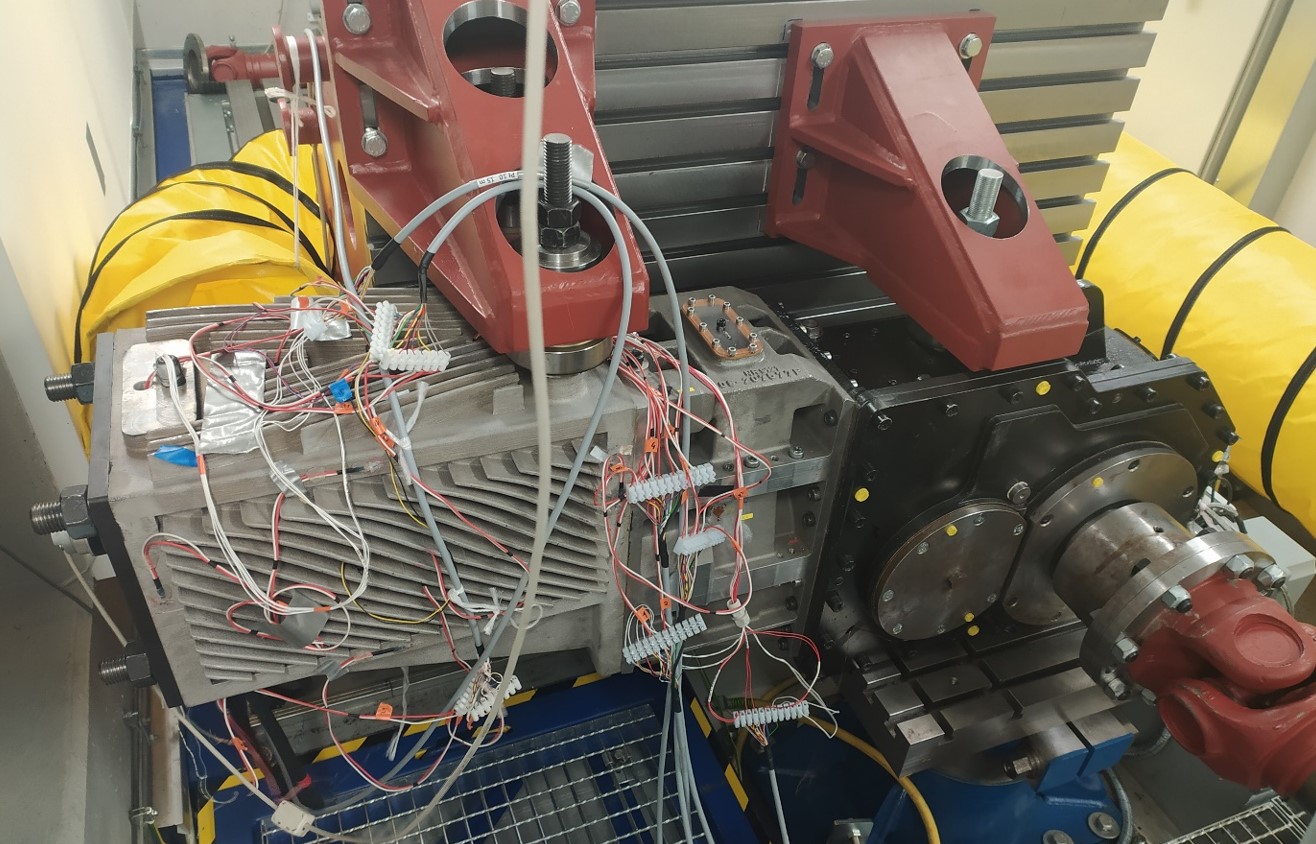
Fig.2: Laboratory measurements on the designed and built prototype of the high-speed drive
Multiphase drives
The development of electric drives has seen a recent surge, particularly with the development of all-electric (battery) and hybrid vehicles, while placing great emphasis on increasing efficiency, reliability, and minimizing size.
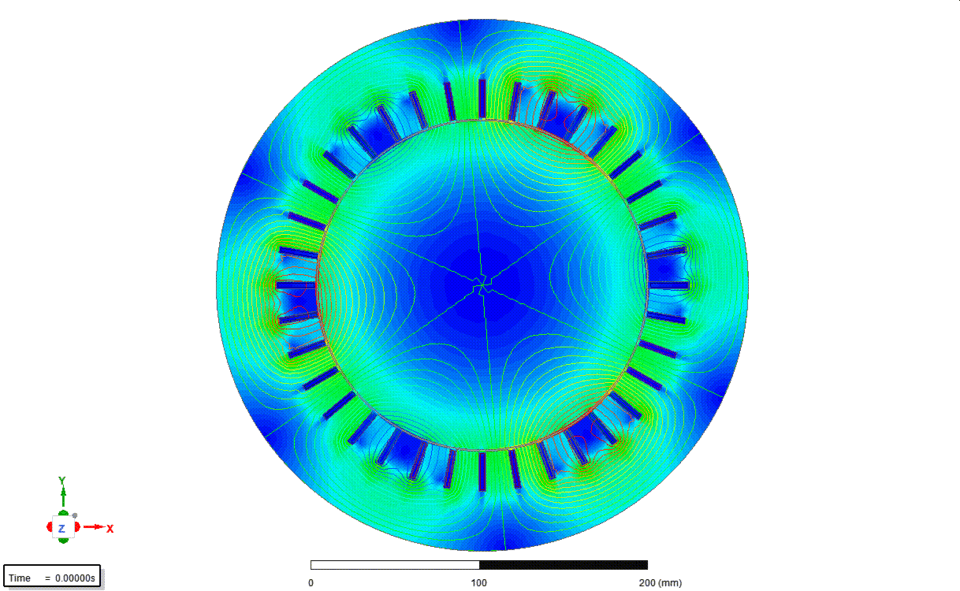
Traditional technologies with three-phase motors are already hitting their technical limits in these respects and can no longer keep up with this trend. Attention is therefore increasingly turning towards new technologies with multiphase electric motors, which have a number of techno-economic advantages. A multiphase electric vehicle motor is smaller, more powerful, produces less noise, and is reliable - despite the failure of a phase (or several phases), the engine is able to reach its destination. Therefore, it is expected that the vast majority of electric vehicles (cars, buses, ...) will be equipped with multiphase systems in the future.
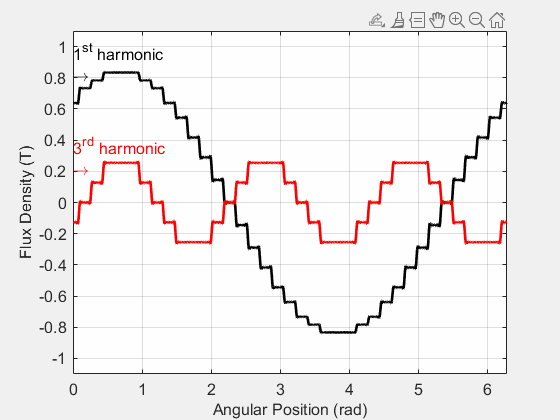
The RICE research team has been working on the issue of multiphase electric motors for several years, contributing to the development of electromobility and public transport. In particular, it is currently focusing on techniques for injecting harmonic currents into the stator with the aim of increasing power output by up to 20 % at existing dimensions.
Traffic modelling
We are dealing with traffic modeling and detailed simulations of electric cars. Industrial partners such as Škoda Group, Eaton, and ZF use our models and simulations. We are developing models of all-electric and hybrid vehicles in the open-source traffic simulator Eclipse SUMO, so that anyone can simulate and analyze the movement and energy requirements of electric vehicles, as well as the status and utilization of the necessary power infrastructure (overhead lines, traction substations). Factors influencing the behavior of the vehicles on the route and their energy requirements can be examined in detail, such as the influence of ambient traffic and unpredictable events (traffic jams, accidents, detours, and power outages). The simulator is used in cooperation with urban transport companies to verify the dimensioning of public transport vehicles (PTVs) and traction infrastructure to achieve the maximum share of electric PTVs at minimum investment and operating costs.
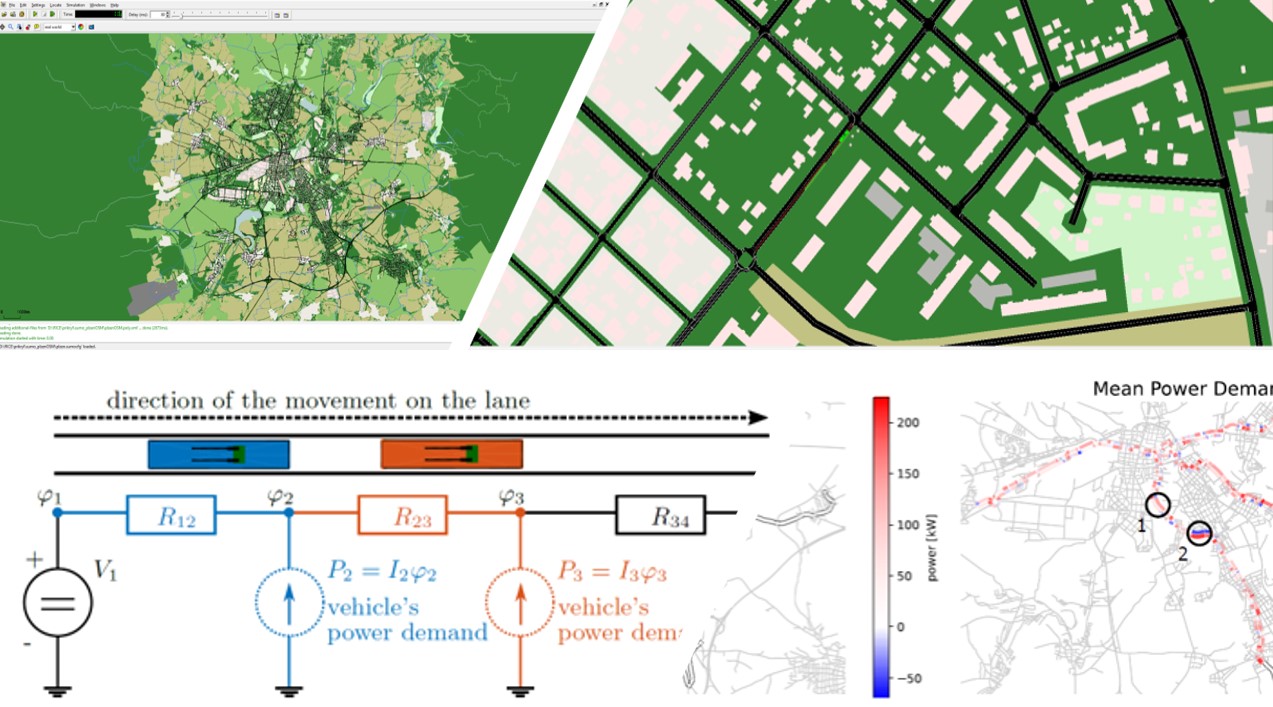
We have know-how in the following areas:
- Simulation of electric vehicles, including rail vehicles, on a defined track using Matlab/Simulink tools or other software for simulation of multiphysics systems.
- Simulation of energy consumption of electric vehicles based on stochastic modeling
- Simulation of all-electric and hybrid vehicles in the SUMO microscopic traffic simulator, including the inclusion of simultaneous simulation of the power infrastructure and surrounding traffic
- Modelling of electric vehicle powertrains
- Power-management of electric vehicles